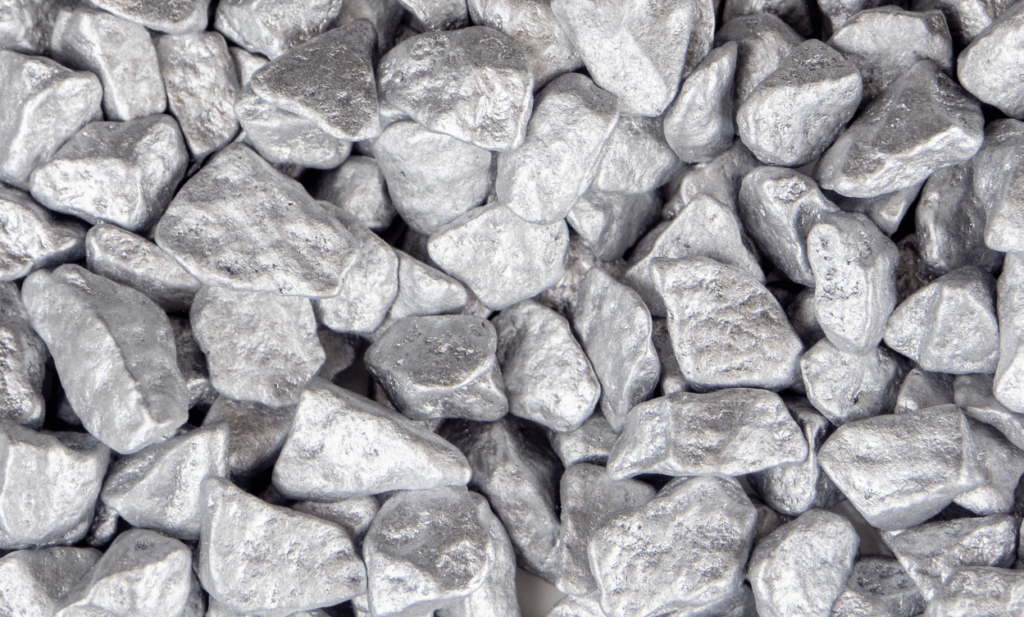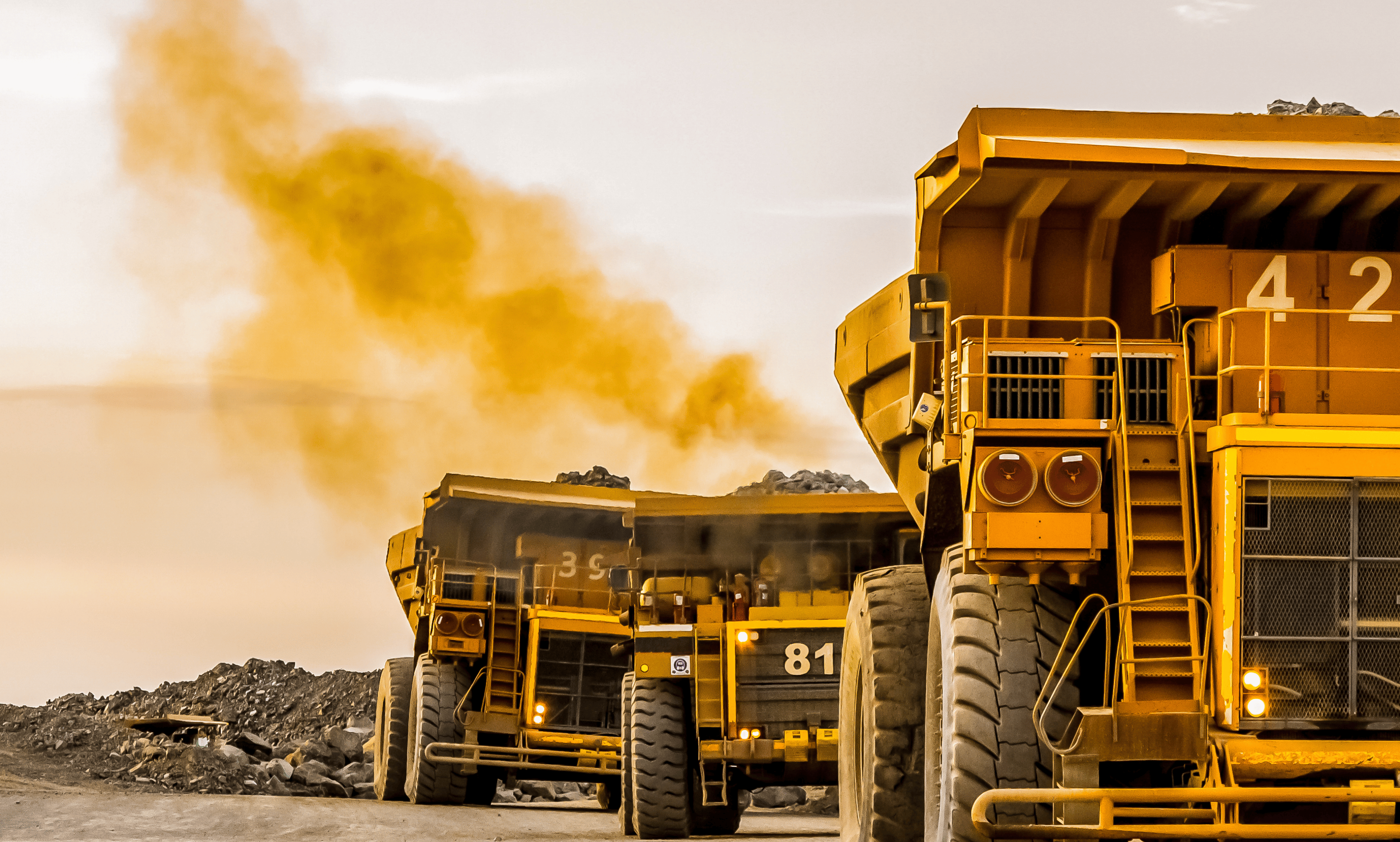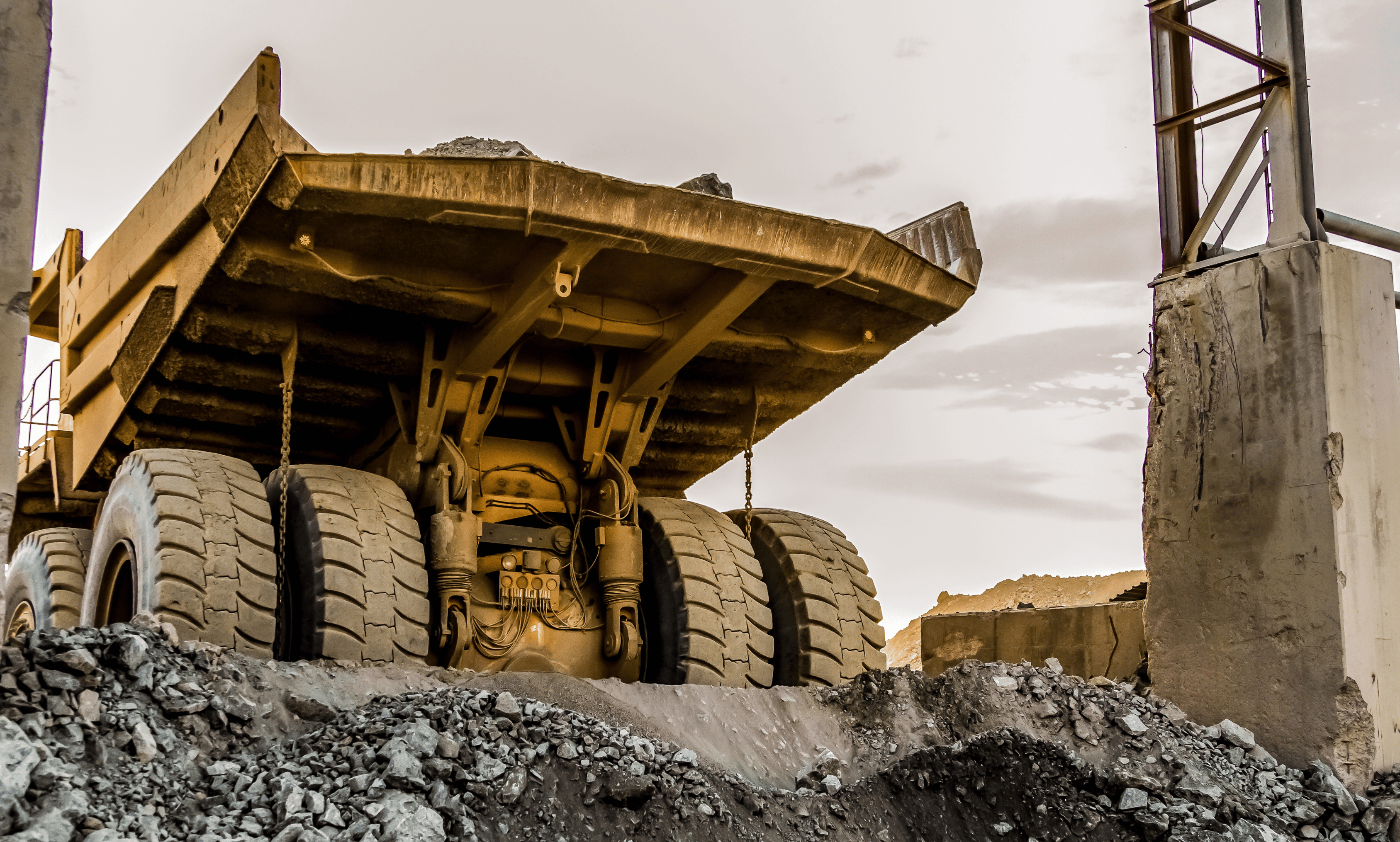
What is Palladium? And How Do I Invest in It
Palladium, for those who might be hearing about it for the first time, is a shiny, silvery-white metal that belongs to the platinum group of metals. Now, before you start imagining it as just another decorative piece for your jewelry collection, let me stop you right there. This metal is so much more than just a pretty face. It’s used in a variety of industries, from electronics to dentistry, and most notably, in the automotive industry for car exhaust systems. Why? Because it helps reduce harmful emissions. Talk about beauty with a purpose!
But here’s the kicker: Palladium is rarer than gold or platinum. Yep, you read that right. Its scarcity, combined with its industrial applications, makes it a valuable commodity in the global palladium market. And if you’re thinking, “Well, that sounds like a good investment opportunity,” you’re on the right track.
But before we dive into the investment part, let’s understand a bit more about this metal. Historically, Russia and South Africa have been the leading producers of palladium. However, geopolitical tensions and supply constraints have sometimes led to fluctuations in its price.
So, if you’re considering investing, it’s essential to keep an eye on global events that might impact its supply.
How Do I Invest in Palladium?
Diving into the world of palladium investment can be both exciting and overwhelming. With its rising popularity, many avenues have opened up for those looking to invest in this precious metal. Let’s explore seven distinct methods to invest in palladium, ensuring you’re well-equipped to make an informed decision.
Physical Palladium
- What is it? This method involves directly purchasing palladium bullion bars or coins from certified dealers.
- Pros: Direct ownership of a tangible asset; a sense of security.
- Cons: Storage costs, potential challenges in selling, and ensuring the authenticity of the metal.
Palladium ETFs (Exchange Traded Funds)
- What is it? ETFs offer a way to invest in palladium without physically owning it. These funds hold palladium as their primary asset.
- Pros: Liquidity – you can buy or sell anytime during market hours; no need to worry about storage.
- Cons: Management fees and potential discrepancies between the ETF price and actual palladium price.
Mining Stocks
- What is it? Investing in companies that mine palladium.
- Pros: Potential for high returns if the mining company performs well.
- Cons: Riskier, as you’re dependent on both the company’s performance and palladium prices.
Palladium Futures
- What is it? Contracts that allow you to buy or sell palladium at a predetermined price in the future.
- Pros: Potential for significant profits, especially for seasoned investors.
- Cons: Complex, not suitable for beginners, and can lead to substantial losses.
Palladium Options
- What is it? Contracts that give you the right, but not the obligation, to buy or sell palladium at a set price within a specific timeframe.
- Pros: Flexibility and potential for high returns.
- Cons: Complexity and the possibility of the option expiring worthless.
Palladium Mutual Funds
- What is it? Funds that pool together money from various investors to invest in a diversified precious metals portfolio, including palladium-related assets.
- Pros: Professional management, diversification, and relatively less risk.
- Cons: Management fees and potential for lower returns compared to direct investments.
Digital or Electronic Palladium Platforms
- What is it? Online platforms that allow you to invest in palladium digitally, without the need for physical storage.
- Pros: Convenience, easy access, and often lower fees than traditional methods.
- Cons: Dependence on platform security and potential challenges in converting to physical assets.
6 Compelling Reasons to Invest in Palladium

Palladium, often overshadowed by its more famous counterparts like gold and silver, has steadily carved a niche for itself in the investment world. If you’re contemplating whether to include this precious metal in your portfolio, here are six compelling reasons to consider:
1. Industrial Demand
Palladium’s primary use is in the automotive industry, where it’s a critical component in catalytic converters. These devices reduce harmful emissions from vehicles, making palladium indispensable in our eco-conscious world. As environmental regulations become stricter globally, the demand for palladium is expected to rise.
2. Limited Supply
Unlike other metals that can be found in various parts of the world, palladium’s supply is concentrated in a few regions, primarily Russia and South Africa. This geographical concentration, combined with geopolitical tensions and mining issues, can lead to supply disruptions, pushing prices up.
3. Diversification
Investing in palladium can be an excellent way to diversify your investment portfolio. Since it doesn’t always move in tandem with traditional assets like stocks or bonds, it can act as a hedge against market volatility.
4. Historical Performance
Over the past few years, palladium has outperformed many other platinum group metals in terms of price appreciation. While past performance is never a guarantee for future results, it does highlight the metal’s potential for growth.
5. Inflation Hedge
Like other tangible assets, palladium bullion coins can act as a hedge against inflation. In times when fiat currencies lose value, tangible assets like palladium often retain or even increase in value, preserving investors’ purchasing power.
6. Growing Interest in Precious Metals
As global economies face uncertainties, many precious metals investors are turning to other precious metals as a safe haven. Palladium, with its unique properties and applications, is gaining attention, leading to increased demand and potential price appreciation.
Best Practices for Investing in Palladium
Navigating the investment landscape, especially in precious metals like palladium, requires a blend of knowledge, strategy, and caution. Whether you’re a seasoned investor or just starting, adhering to best practices can be the difference between success and setbacks. Let’s delve into some of the best practices to keep in mind when investing in palladium:
Research and Education
Why it matters: The world of palladium investment is vast and ever-evolving. Staying informed is crucial.
Tip: Regularly read industry reports, attend seminars, or take online courses to understand market dynamics.
Diversify Your Portfolio
Why it matters: Diversification can help spread risk.
Tip: Don’t put all your eggs in the palladium basket. Ensure you have a mix of assets to balance potential losses.
Consult with Experts
Why it matters: Expert advice can provide insights that might not be apparent to the average investor.
Tip: Regularly consult with financial advisors or experts in the palladium industry.
Understand the Costs
Why it matters: Hidden fees or unexpected costs can eat into your profits.
Tip: Be clear about all associated costs, from storage fees for physical palladium to management fees for ETFs.
Stay Updated on Global Events
Why it matters: Palladium prices can be influenced by geopolitical events, especially in top-producing countries.
Tip: Keep an eye on global news and understand how events might impact supply and demand.
Set Clear Investment Goals
Why it matters: Knowing your investment goals can guide your decisions and strategies.
Tip: Determine what you want from your palladium investment – short-term gains, long-term growth, or a hedge against inflation?
Avoid Emotional Investing
Why it matters: Emotional decisions can lead to impulsive actions, which might not be in your best interest.
Tip: Stay calm during market volatility. Stick to your strategy and avoid making decisions based on fear or greed.
Regularly Review and Adjust
Why it matters: The market is dynamic, and what worked yesterday might not work tomorrow.
Tip: Periodically review your investment strategy and make adjustments based on current market conditions and your financial goals.
The Flip Side: Cons of Investing in Palladium

While the allure of palladium as an investment avenue is undeniable, it’s essential to approach it with a balanced perspective. Every investment opportunity comes with its set of challenges, and palladium is no exception. Here are some potential drawbacks to consider before diving into the world of palladium investment:
- Market Volatility: Palladium prices can be highly volatile. Influenced by a myriad of factors ranging from geopolitical tensions in major producing countries to shifts in industrial demand, the price of palladium can experience significant fluctuations in short periods. This volatility can be nerve-wracking for investors, especially those new to the precious metals market.
- Storage and Insurance: If you opt for physical palladium as an investment, storage becomes a concern. Safe storage is crucial to protect your investment from theft or damage. Additionally, insuring your palladium can add to the overall cost, potentially reducing your returns.
- Liquidity Concerns: While palladium ETFs or digital platforms offer liquidity, selling physical palladium might not be as straightforward. Depending on where you’re located, finding a buyer willing to purchase at market rates can be challenging.
- Limited Historical Data: Compared to gold or silver, palladium’s history as a sought-after investment is relatively short. This limited historical data can make it challenging to predict long-term trends or to compare its performance against other assets over extended periods.
- Economic Downturns: In times of economic recessions, industrial demand for palladium can decrease, especially in the automotive sector. A reduced demand can lead to a drop in prices, impacting investors holding significant positions in palladium.
- Regulatory Changes: As environmental consciousness grows globally, there’s a push towards electric vehicles, which currently do not require palladium for catalytic converters. If the shift towards electric vehicles accelerates faster than anticipated, it could impact the primary industrial demand for palladium.
Final Thoughts
The world of investing is as vast as it is intricate, with each asset class presenting its unique blend of opportunities and challenges. Palladium, a lesser-known yet increasingly significant player in the most valuable precious metals arena, is no exception. Its pivotal role in industries, especially the automotive sector, combined with its rarity, makes it a fascinating asset to consider. However, as with all investments, it’s not without its risks.
For those contemplating an investment in palladium, the journey should be one of informed decision-making. Understand the market dynamics, stay updated with global trends, and always weigh the potential rewards against the inherent risks. Diversification remains a cornerstone of wise investing, and while palladium can be a valuable addition to a portfolio, it should be part of a broader, well-thought-out investment strategy.
In the ever-evolving landscape of global finance, one principle remains constant: knowledge is power. Whether you choose to invest in palladium or explore other avenues, continuous learning and a keen understanding of the market will always be your most valuable assets.


